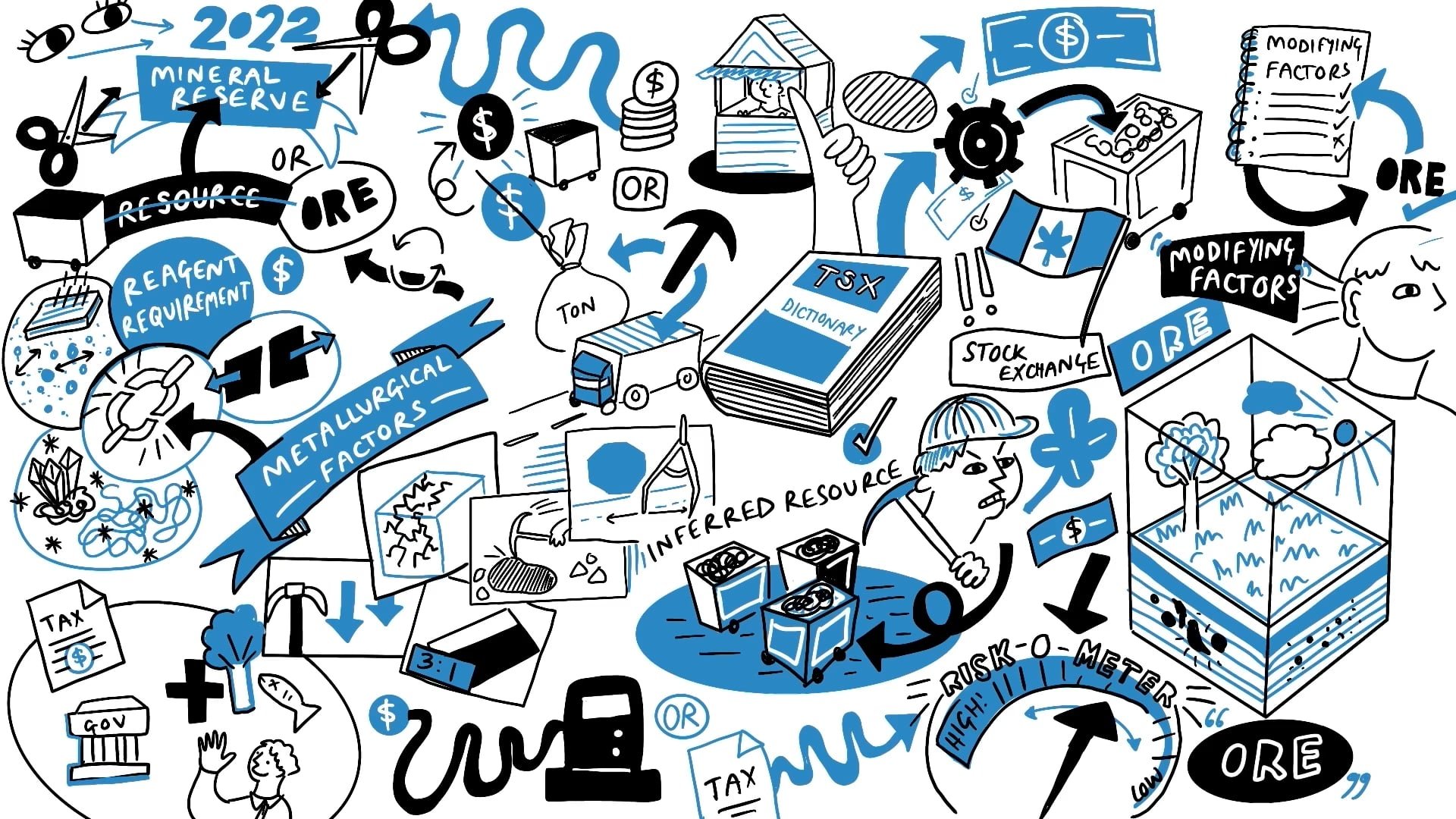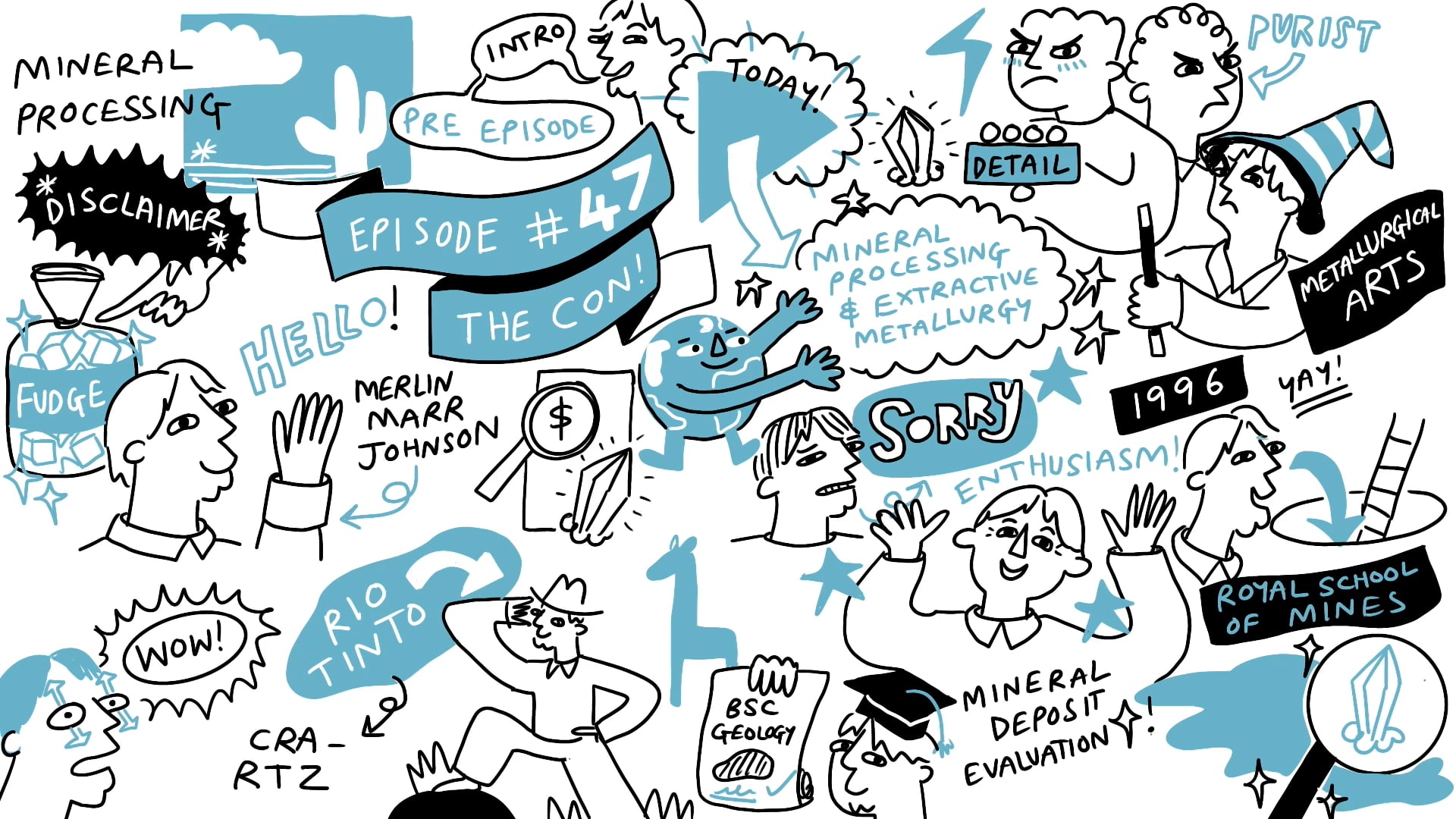An introduction to Geology

More episodes
Transcript
The geology of each of the projects that the company is focusing on, and that you as an investor is looking at, is really important. It's pretty much the one thing that cannot be changed in an exploration company.
It is mother nature; you get what's given to you in the sense that within your license area you can't change the geology. Understanding the geology has implications for scale, grade and operability, and it offers opportunities and challenges.
Whilst I won't cover all of the opportunities for economic mineral development and/or mineral failure within the entire geological world, I will be discussing the questions that you should be asking when analysing a project.
What do these drill results tell us and what do we know about these kinds of deposits?
We will cover some of the features that make projects work or fail, for small, medium and big projects in terms of the geology. In addition, the probability of finding more, the probability of not finding more.
An interesting paradox exists where quite often when a geologist or an exploration team gets on the ground they do regional work first and they indicate the exact position of a series of anomalies.
Each time that that anomaly gets tested, you go through a kind of ranking process. Eventually, within your license area, you've got a series of targets with the best ones sticking out, and those are the ones that typically get drilled first.
Quite often you've got a rather strange paradox: when you go in and make your discovery, you actually drill the best of it. The early drill holes can be very exciting, then the company struggles to maintain that good news story because they've actually drilled the best targets first.
I look at the time when an exploration company opens up the ground. The first drill hole or the early drill holes that make a discovery are important, but for me, the turning point often comes later in subsequent drill holes, often the second phase or the third phase of drilling unlocks the key to the area.
The early drill hole was a play opener and after that, they get these intersections which go – ‘Ah, this is 1km away, or this is 500m or 2km away. And this is the kind of drill hole that makes me think: this is an economic deposit.
I have several examples in mind from last year and from history, which have been the turning points for a company. Once you've found it and you've delineated it, you've started working out that this is a resource, it’s crucial to remember that the NI 43-101 code and the JORC code have implications to their resource classification. Thus, in order to declare it as a resource, or in order to get it beyond the PEA stage into the pre-feasibility stage, you've got to take it beyond inferred resources up to measured and indicated, and that has economic implications attached to it.
You must have an understanding of how this can come out of the ground on a commercial basis, and that involves both mining and mineral processing. Each of those 2 topics will be covered in a separate episode.









































.jpg)
.jpg)
.jpg)
.jpg)




















